VF-17 national insignia, red, white and blue, or?...
As I continue on with my 1/32 Corsair project I have spent a great deal of time researching VF-17s F4U-1As used during their two tours in the Solomon Islands. Much has been written about US national insignia during 1943 and the addition of red surrounds, and then when they were removed so I will not re-hash that here. The object of my research is specifically if and when VF-17 had red surrounds, when they were painted over and with what color. Eagle editions decal sheets have been put out with both red and light blue surrounds. The logic here is that the red was over painted with light blue, and there are color pictures of other USN aircraft that show this feature. I have not seen ANY original color pictures of VF-17 aircraft. I have 4 books on VF-17 Tom Blackburn's excellent memoir "The Jolly Rogers" 2 of Lee Cook's excellent volumes on the subject "The Skull and Cross Bones Squadron" and "Fighting 17, a photographic history of VF-17 in WWII" as well as The AJ Press volume 3 on their first tour. VF-17s combat tours can be divided into two time periods late 1943 at Ondongo, and early 1944 on Bougainville. My opinion is that when we see what looks like light blue surrounds, it is either red, or dark blue with red showing through, either because of weathering of the dark blue over the red, OR because the dark blue mixed with the red during painting. Ever try and paint enamel over enamel with a brush and have the two mix? There also may be an argument that the way the painted over surround reflects light and photographs could be causing what we see. There is a VF-17 Corsair that was recovered many years later in the Solomons that shows red surrounds, but my feeling is time and weather wore the blue off and we are not seeing how the aircraft looked at the time it was lost. I think during the first tour there were some aircraft with red surrounds still, I believe that the picture of the squadron going through the Panama Canal shows red surrounds, and that at least by the second tour the surounds were gone and we see paint worn off and red showing partially through. So how will I paint my Corsair? I have NO CLUE! But I am working on a plan! Oh and I mis-captioned the last picture, it should say with the BLUE having worn off. I was too lazy to make a new slide!

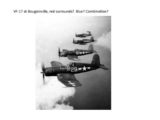


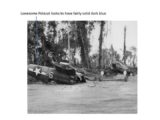
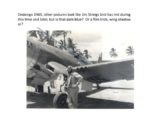
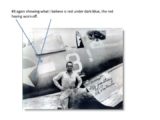
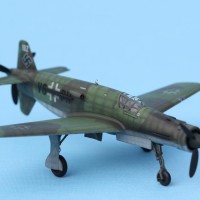
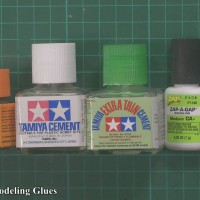
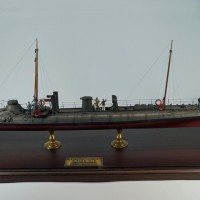
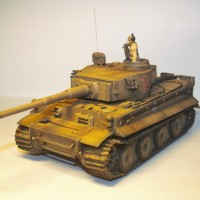
Such a dilemma, what ever you do I'm sure it'll look great
Sounds like a question best answered by one of our own resident Corsair guys...Jim Sullivan. He's authored a number of publications and I'm sure can be of some assistance. Jim...you on the line?
Jim would be a great resource, he has shared images with me in the past. Some of which I have used here because the format was easy, though I chose ones commonly available on the net, and all are in the books I mentioned.
Colour queries aside, these are photos are really evocative of the times. Thanks for posting.
Thanks Rob, as I said they can be found on the net, but are best found in Lee Cooks excellent books where the quality is much better, they are a must for anyone interested in VF-17.
Hello Rob...Like you, others have pondered that question (including myself) regarding the color of the surround of the national insignia on various VF-17 Corsairs. Like yourself, I have never seen any color photography of planes from Blackburn's squadron and b&w photography is subject to interpretation when it comes to determining color. I wish I could give you a definitive answer but honestly in this case I simply don't have any factual information to offer.
Thanks Jim, I have also spent much time chasing down the colors of German Panzer turret numerals, when it comes to black and white pictures so much plays into the equation you can only make a best guess. The more I look the more I think there is a combination of looks. The plane that really gets me is Streigs #3 I swear it loos red at Bougainville in that formation flight, but not in other pics, and the closeups clearly show worn paint. I am not sold however on the light blue theory, but what the heck do I know I worked on Naval Aircraft many years later and slept in air conditioned barracks and had proper hangers!
Rob, thanks for these wonderful photos. Bear in mind that blue is one of the most unstable pigments.and in the incredibly harsh environment of the Solomons - it might be that any locally applied paint would have deteriorated very quickly indeed probably much quicker than the original factory paint applied in far more optimal conditions. The photos are superb and have not seen these before - many thanks
Yes David you are very right, in my career the pace that just destroyed our paint was Baharain, the humidity (yes in the desert) the extreme heat sun and that damn talcum powder sand tore our paint up. My plan at this point is to use commercially made masks for the stars and bars, paint the red surround and then gradually add color and try and make it look like the dark blue has worn off and is showing through. I will of course practice on some scrap!
They were red-surround when they left Bunker Hill. When they arrived on Munda, they were painted over with blue It wasn't Insignia Blue, it may have been one of the camo colors. The red showed through after awhile since there was no priming. Corsairs they got as replacements came from the factory with the proper blue/white insignia. Also, the original airplanes had the fuselage national insignia further aft, as it was for the circle/star insignia. the later replacements had the factory-applied fuselage insignia, which is larger and further forward.
Bottom line - look at photos of the airplane you are doing, and figure when in the airplane's history you are portraying it.
HTH
So Tom, do you think there were some full medium blue surrounds? The pictures of Big Hog, Jim Streigs 3 and the Tom Killifer's #5 sure look like darker blue that has started to wear off.